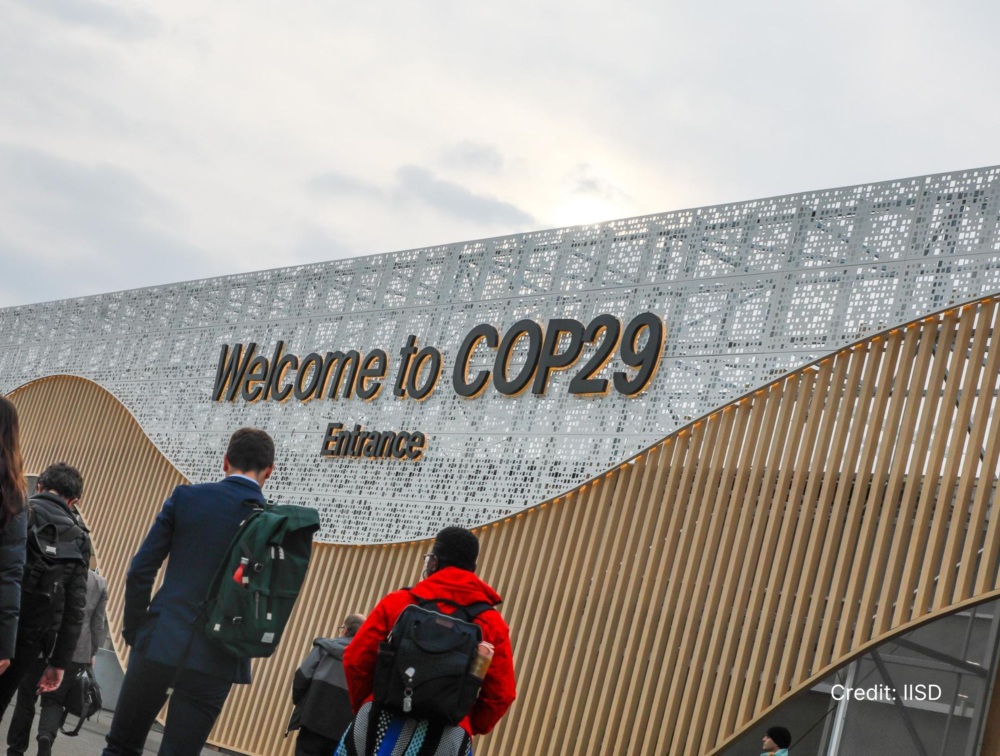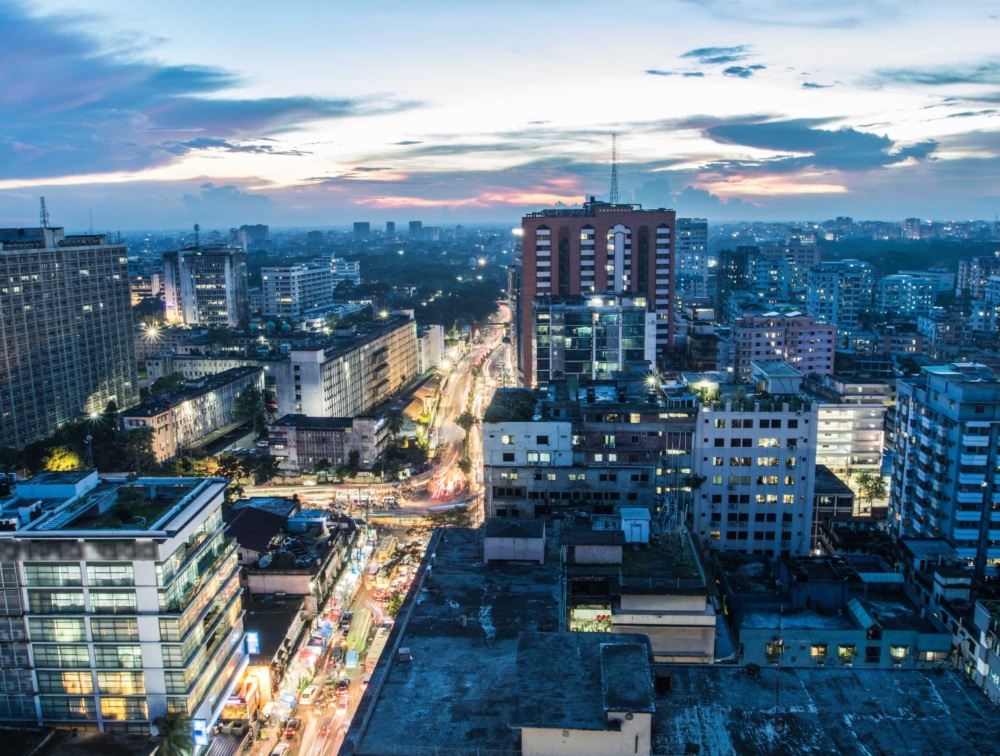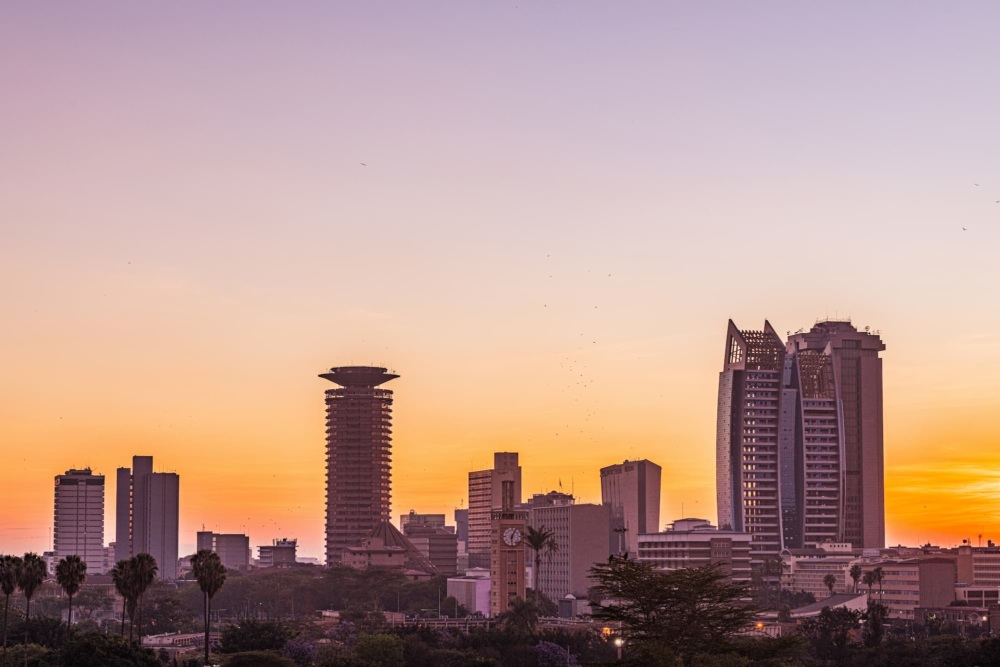How Will Your Country Benefit From Banning Fluorescents?
CLASP recently updated Mepsy with the ‘African Lighting Amendment Scenario,’ demonstrating the national-level cost and energy savings if the world ends the manufacture, export and import of fluorescents by 2025. The scenario aligns with the proposed lighting amendment submitted by the African Region to the Minamata Convention on Mercury.
CLASP’s Mepsy is designed to model the impacts of energy and carbon reduction policies. Pre-loaded with data from 162 countries, Mepsy supports analysis and prioritization for the most energy-intensive appliances and equipment – including lighting.
“A global phase-out of fluorescents, in line with the African proposal, would avoid 232 metric tonnes of mercury, 3.5 gigatonnes of carbon dioxide and reduce the global electricity demand by 3%. Phasing out fluorescents from the global markets is a valuable and tangible effort for countries trying to meet their mercury, energy and CO2 reduction goals,” explains Michael Scholand, Senior Advisor at CLASP Europe.
The African Lighting Amendment scenario is derived from calculations based on sales, stock, and energy consumption data collected in recent CLASP in-country market studies and country-level estimates from reputable market research firms. Sources and further information can be found in our methodology and assumptions document.
Mepsy factors in policy compliance rates from “Low” to “Excellent” to provide more accurate energy and CO₂ projections. The best compliance rates are reached by removing inefficient and outdated products from the market while promoting higher-performing alternatives. Using the Africa Lighting Amendment Scenario, governments can determine the energy, CO2 and cost savings benefits to their countries from phasing out inefficient fluorescents by 2025.
Addition information can be found here:









